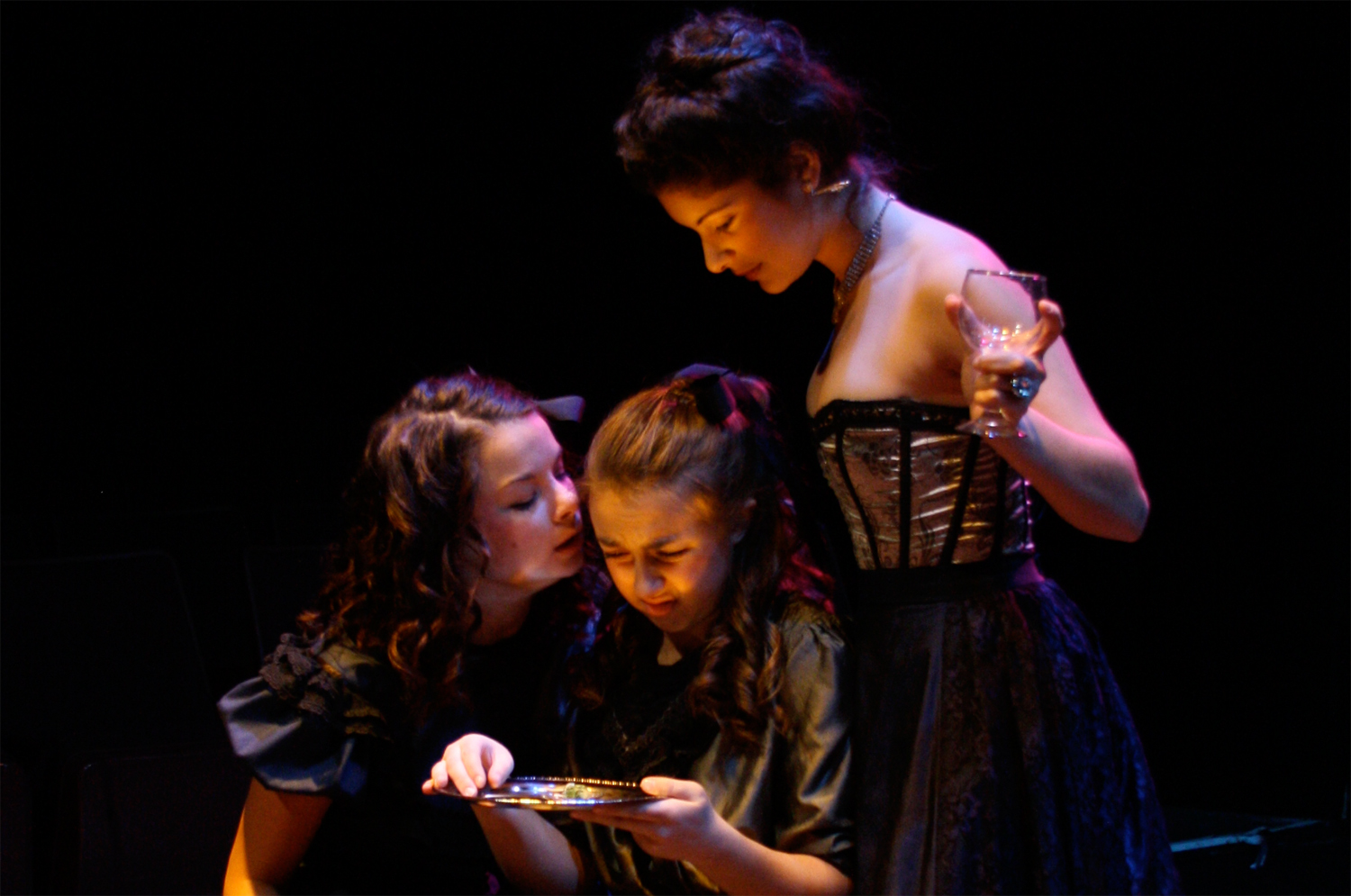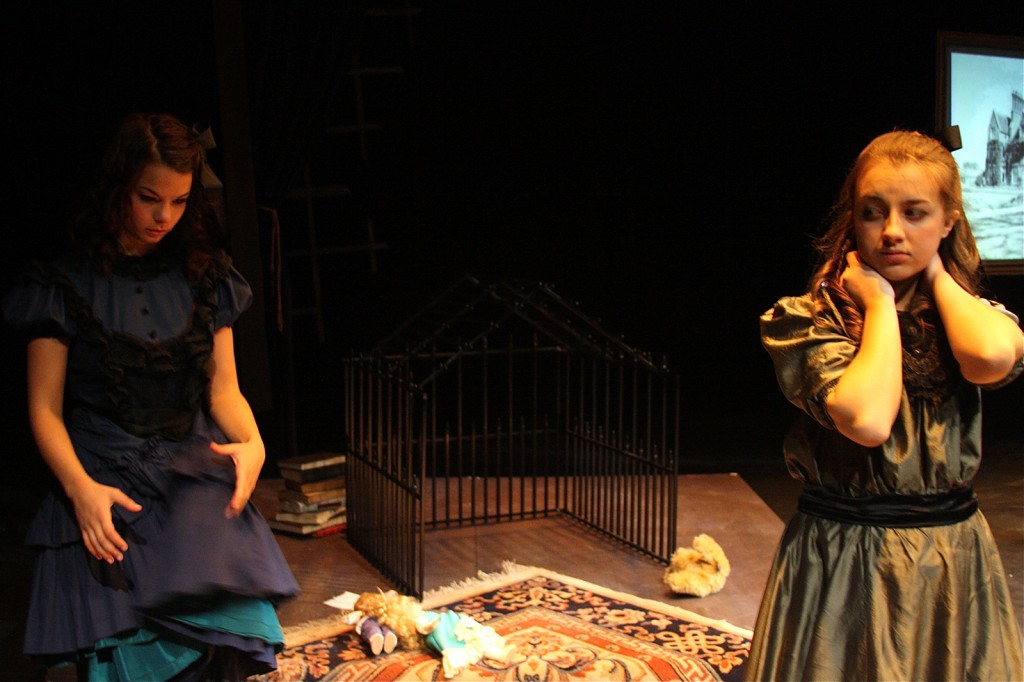

Since discovering “Wendy,” a novel inspired by characters from J. M. Barrie’s “Peter Pan,” third-year theatre arts major Rachel Brandt said she longed to see someone adapt it to the stage. Little did she know, she would one day be the one to put it there.
“I found the novel in seventh or eighth grade,” she said. “I’ve always been fascinated with ‘Peter Pan, and I came across this novel … read it, and from then on I loved the book.”
With the help of her fellow students, Brandt made her debut as both writer and director in Parker Theatre on Dec. 3, 4 and 5 with “Wendy,” the latest production of the Department of Theatre Arts and New Paltz Players.
In order to adapt the play, Brandt said she was required to contact “Wendy” author Karen Wallace. After finding Wallace’s website, Brandt began communicating with her directly through e-mail and over time, sent her six drafts. From the very beginning, Brandt said Wallace was receptive to the idea of adapting “Wendy” to the stage.
“We couldn’t have asked for more support from her because she basically just handed me the rights to write the play,” Brandt said.
According to Brandt, the Black Box production has already been nominated for three Kennedy Center for American College Theatre Festival awards. Alaina Albertson and Rich Powers, two of the show’s performers, have been nominated for an Irene Ryan Acting Award, while the play received a nomination for its ensemble work.
“It was something really important to me because we got everyone together and there was that meld and everyone was so genuine,” Brandt said. “We’re all crazy and we bounce off each others’ energy.”
The story of “Wendy” focuses on the disintegration of Wendy Darling’s seemingly perfect family. Seeing the less than desirable example set by her unemployed and drunk father, Wendy struggles to come to terms with the idea of growing up and participating in the real world, choosing instead to read books and talk to her dog, Nana.
Although Peter Pan is not actually present in the play, Wendy’s friend Thomas who has autism, played by third-year theatre arts major Powers, fills the role of a boy who never grows up.
According to Brandt, what separates Wendy from the novel upon which it was based is its ending, which is left unresolved and leaves the audience to draw their own conclusions about what happens to the Darling family. Brandt said she refused to follow a more common structure where everyone ends up “happily ever after.”
Third-year theatre arts major Andrew Keck said the design team of “Wendy” attempted to give the play a darker feel while still striving to create design elements true to the Edwardian era in which the play was based, such as Nana’s iron-wrought dog house.
“For the whole production team, historical accuracy was very important,” Keck said. “Part of what I wanted to do was bring in historical documents not only of the time period, but from that time period.”
Keck, who was specifically in charge of projection design, used a projector screen as a way to materialize a framed portrait of the Darlings. As time moves through the play and the family becomes more disconnected, the portrait was designed to fracture.
Keck said the use of the projector screen also allowed for the image to change, corresponding with a shift in tone.
“When you see a crack in the picture frame, you know it’s the moment when everything is falling apart,” he said.
Thanks to the use of the projection screen, platforms, tables, chairs and many other set pieces from the theatre department’s stock, Brandt said only about $400 was needed from the New Paltz Players’ funding.
Additional funding, like that used to transport Wallace to the states from her home in London, England, was provided with the help of “Wendy’s” faculty advisor and SUNY New Paltz professor Stephen Kitsakos.
“[Kitsakos] very much helped to get [Wallace] here,” she said. “He received a grant to pay her transportation and the [Student Association] covered her hotel stay.”
Upon arrival, Wallace gave a lecture on socio-cultural perspectives using photographs and paintings from the Edwardian period, as well as a writing workshop. After Wallace saw the play for the first time on its opening night, Brandt said she was “all smiles.”
“[Wallace] had a private talk back with us after the show and gave us her opinion,” Brandt said. “She said seeing the play was completely worth the painful, ear-popping plane ride.”
